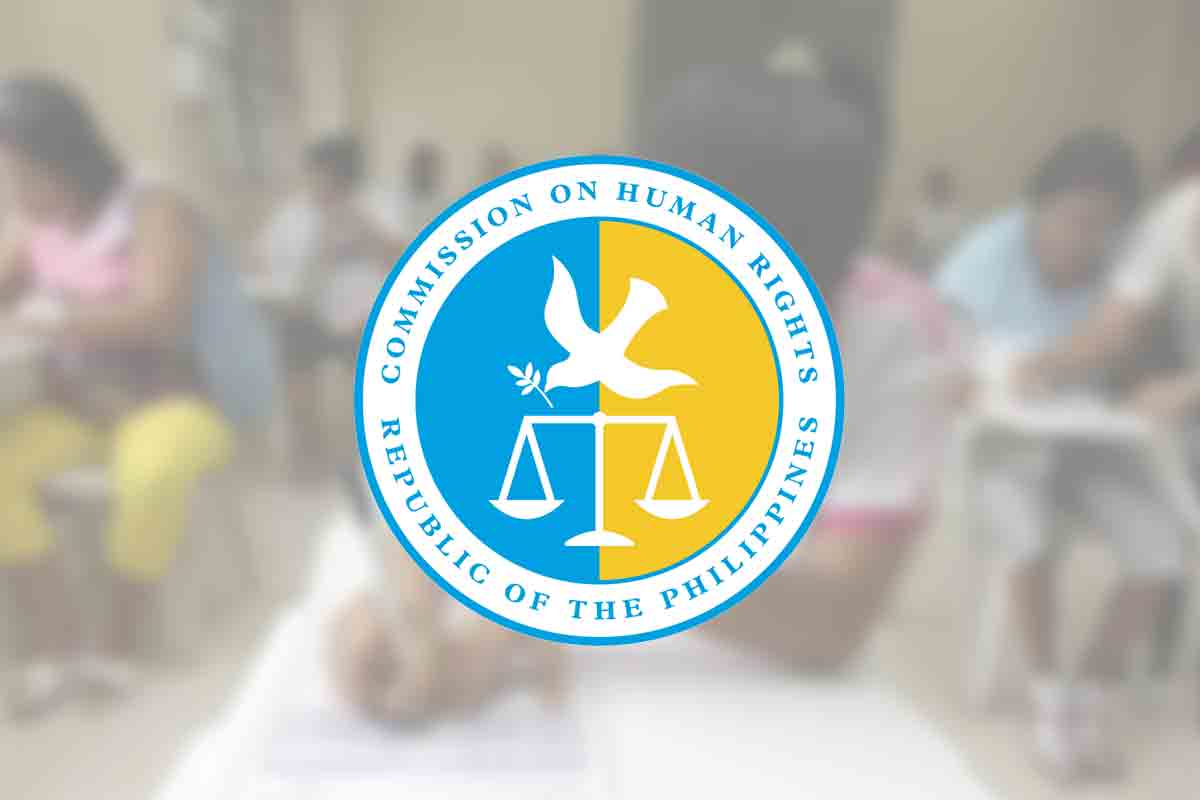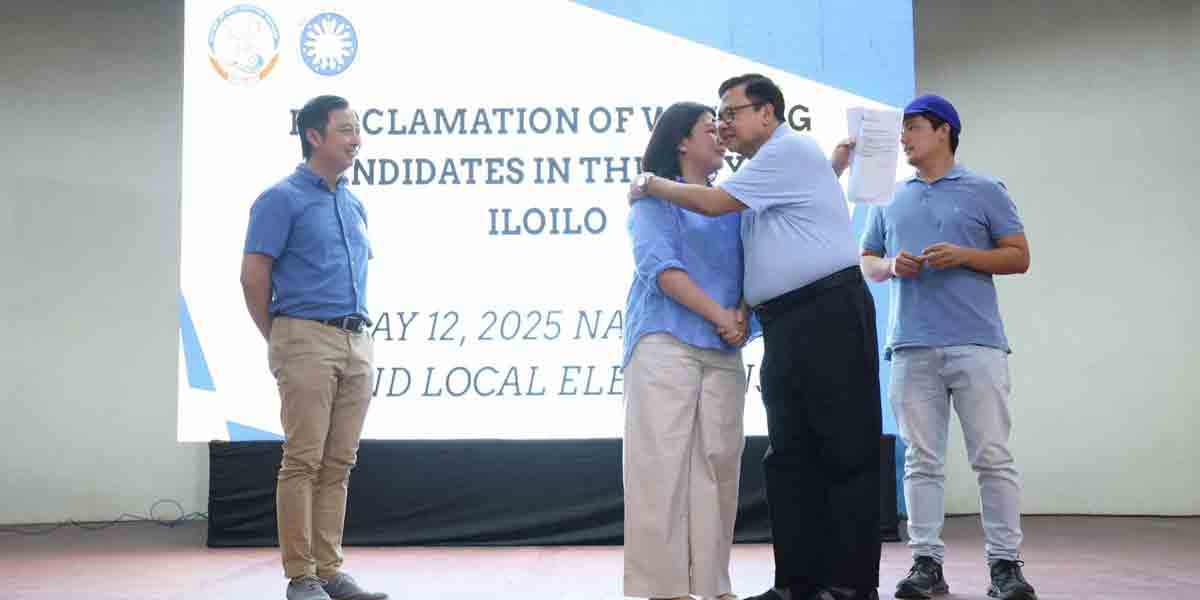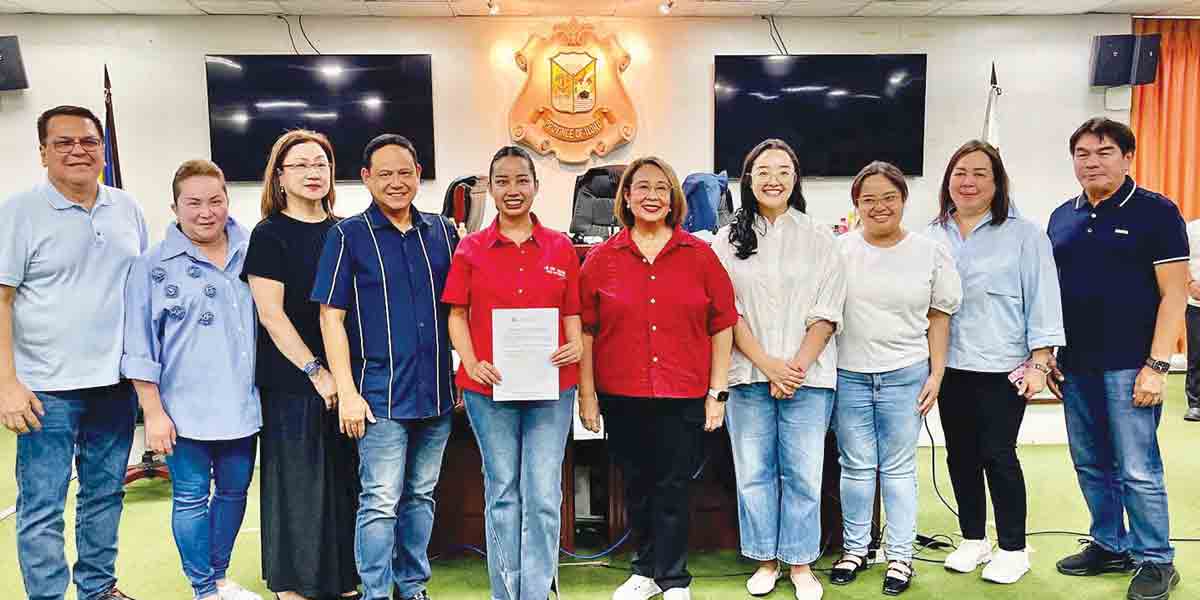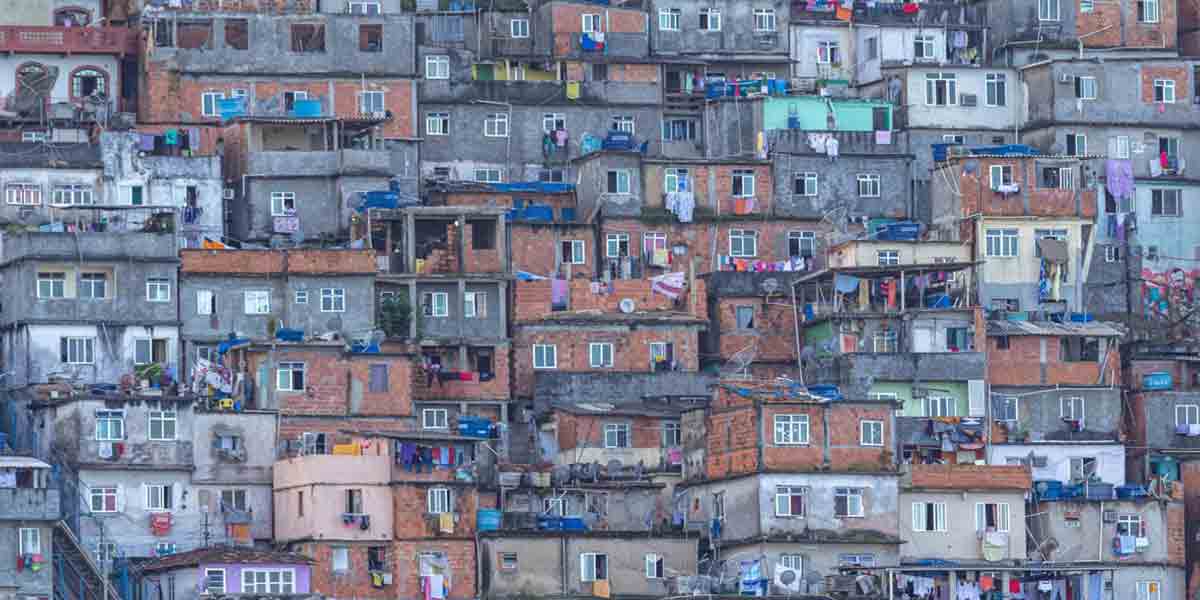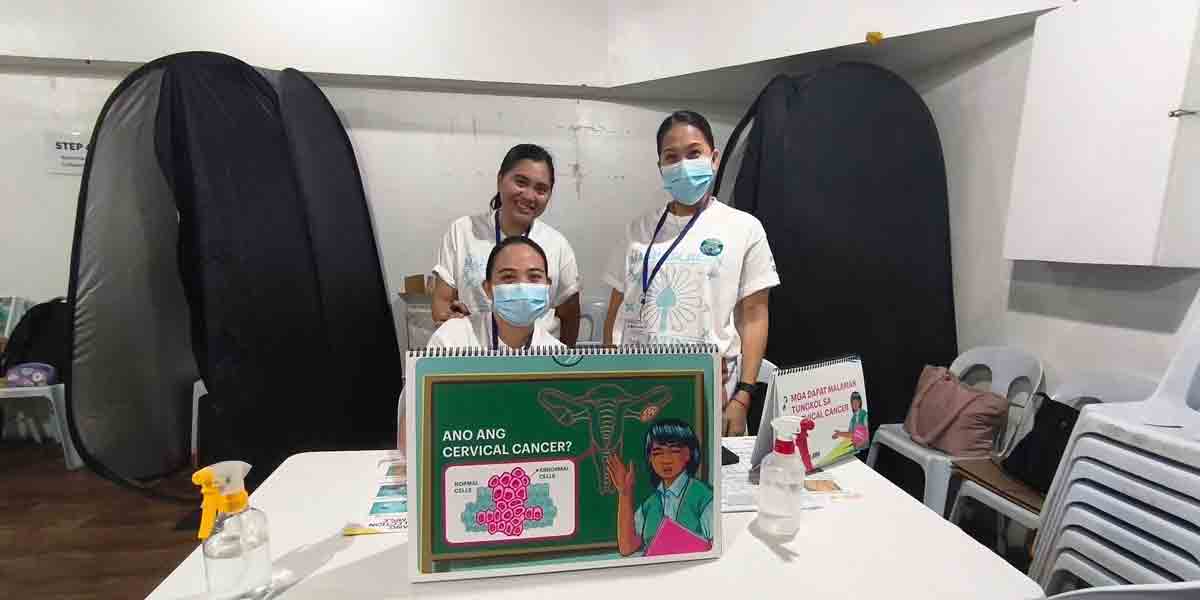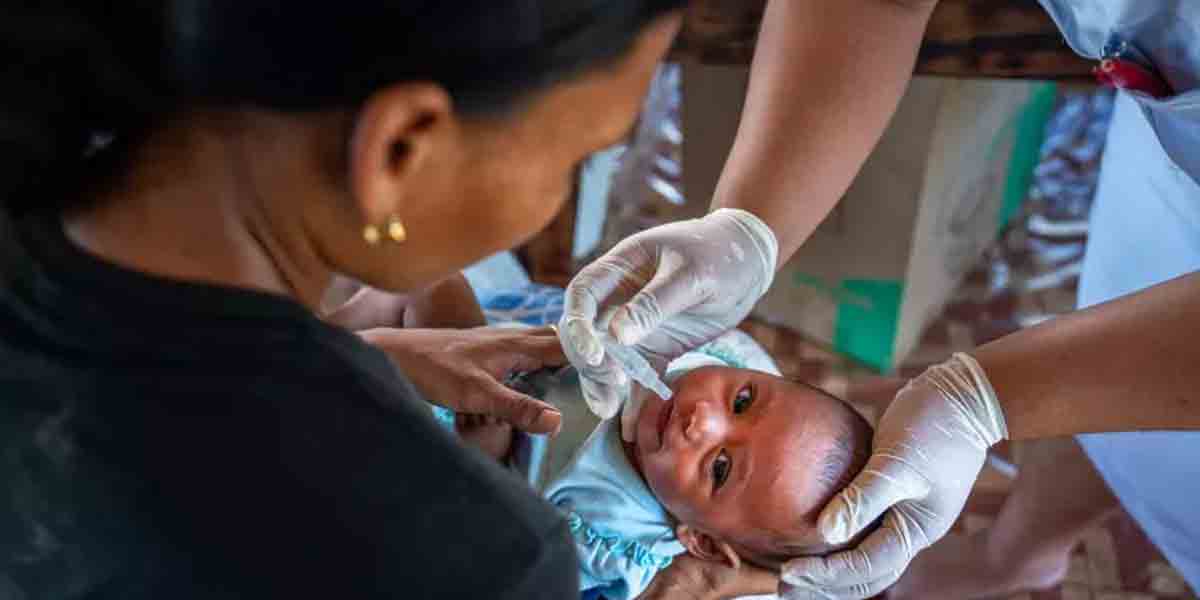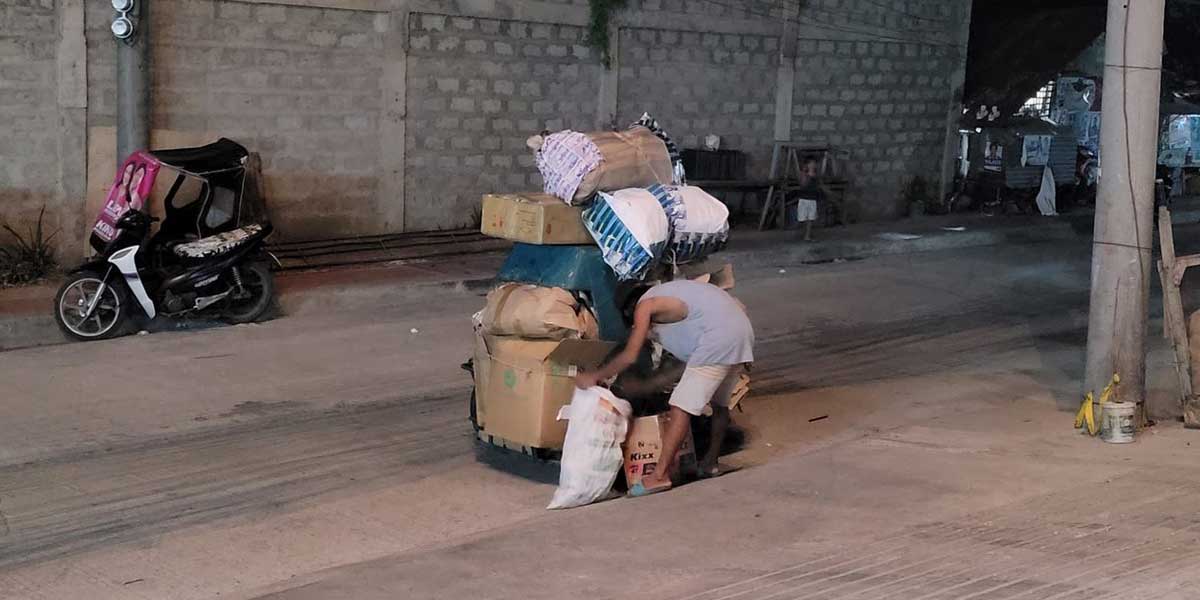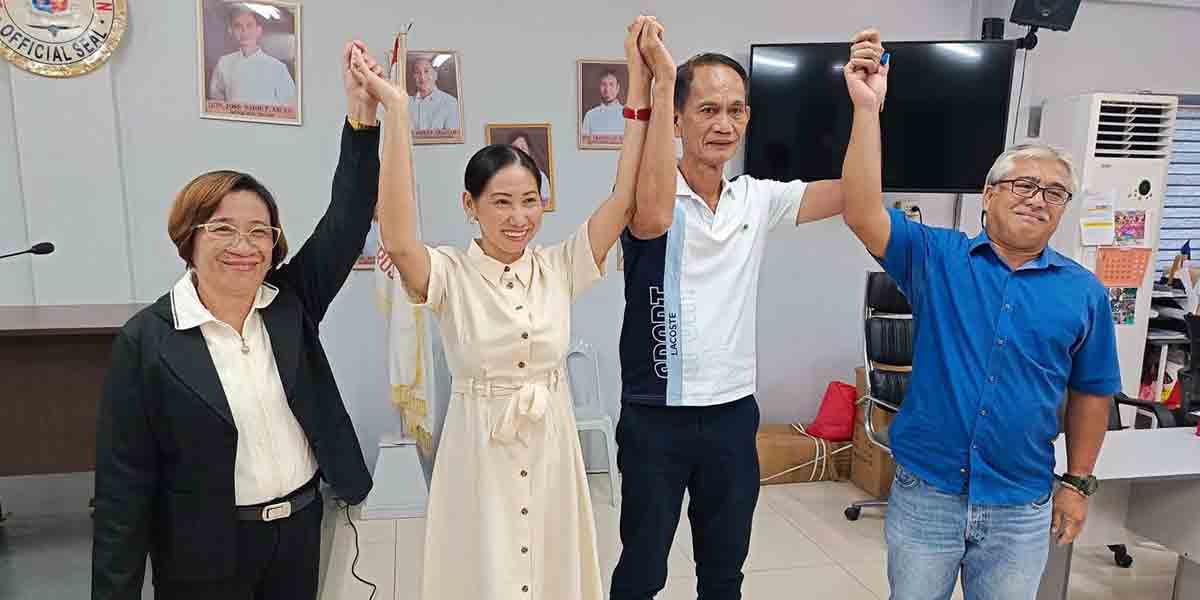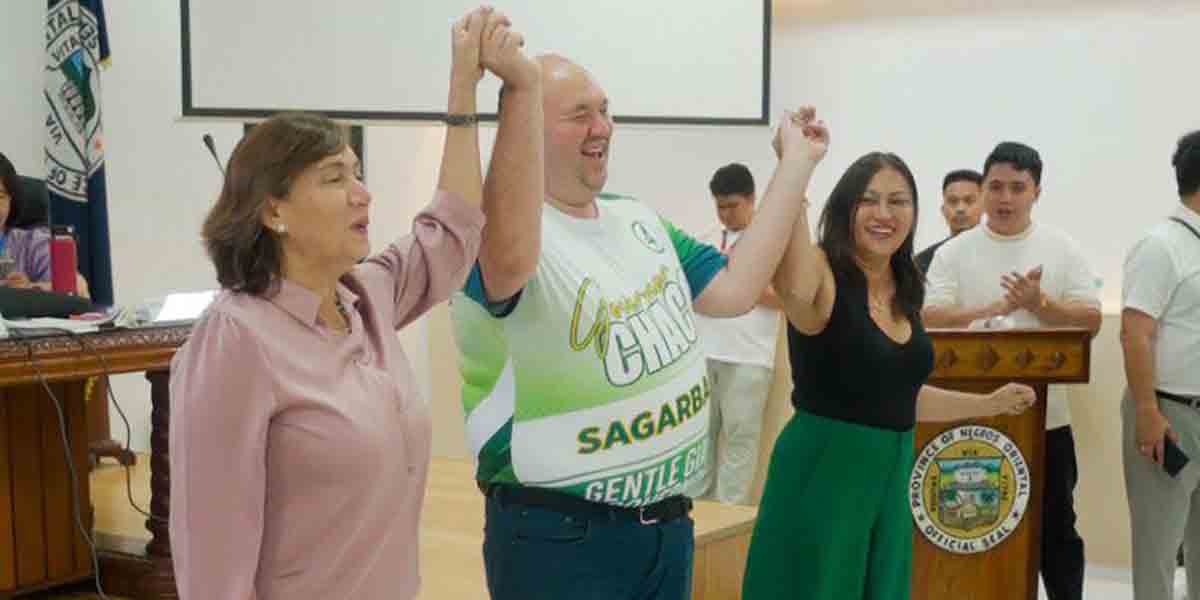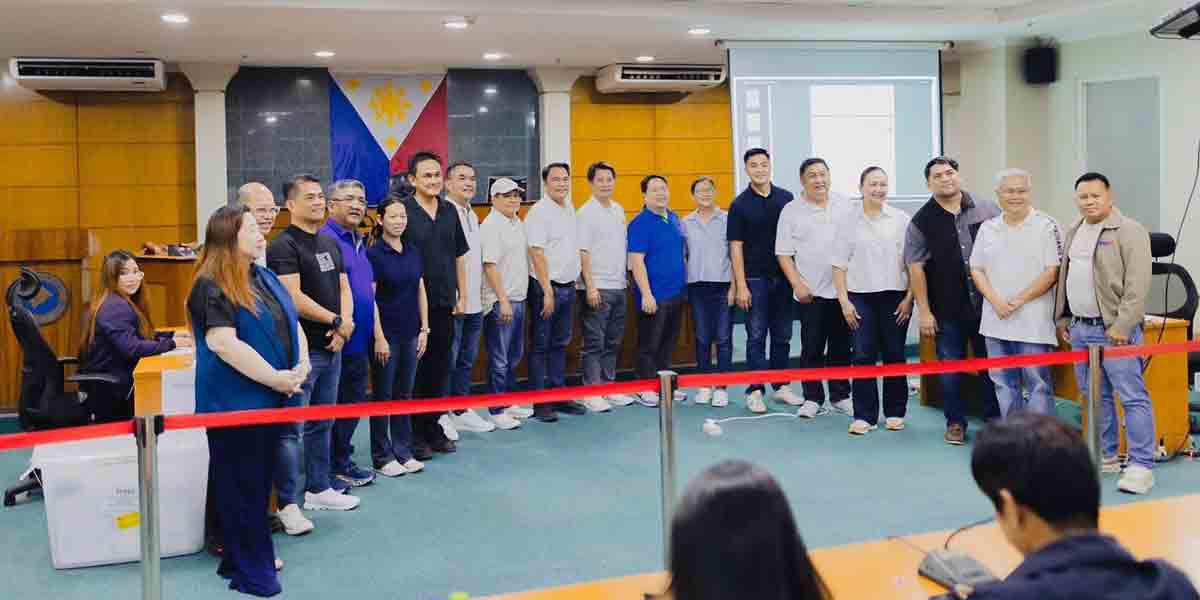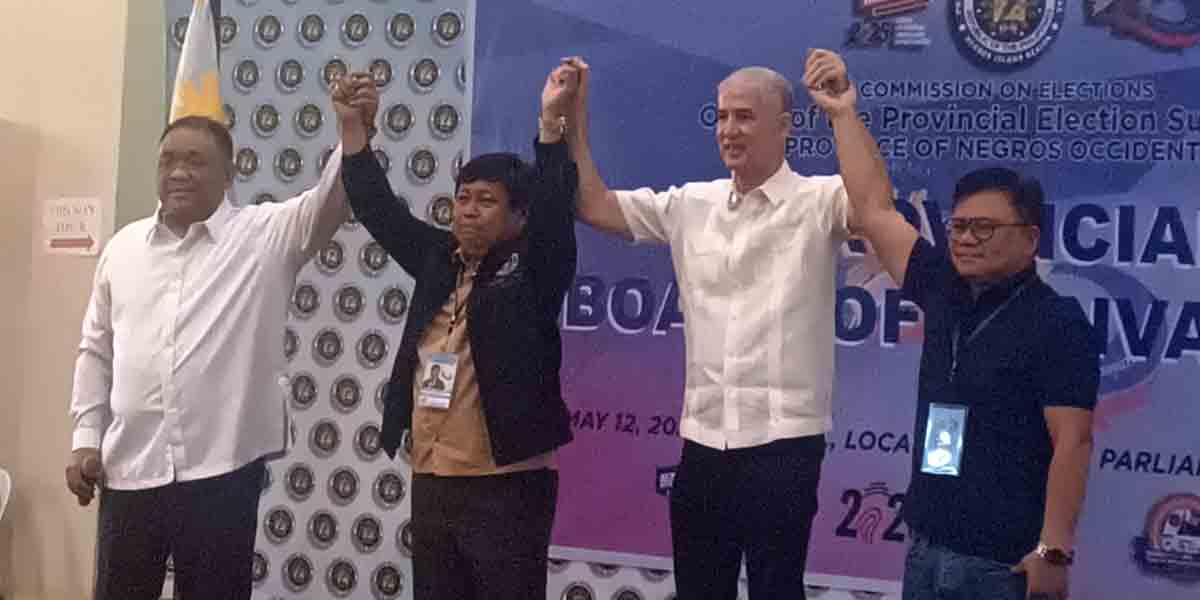
By: Emme Rose Santiagudo
IS ILOILO CITY ready to take on and hurdle the challenges of becoming the first “smart city” in the country?
But what does it take to become a smart city?
As defined by Dr. Enrico Paringit, Executive Director of the Philippine Council for Industry, Energy, and Emerging Technology Research and Development (PCIEERD), a smart city harnesses the use of science and technology and innovation to deliver good governance and services to be public.
“It’s about the increasing role of data and information in governance, that’s making them smart. There is no more ad hoc decision-making done. Every decision is based on science, its evidence-based, and we’re looking forward to this kind of future in governance,” Paringit said in a press conference on the 9th anniversary celebration of DOST-PCIEERD on June 13, 2019 at Diversion 21 Hotel, Iloilo City.
As part of its celebration, DOST-PCIEERD presented 13 technologies made by local researchers and scientists from DOST and universities around the country.
The technologies can be used by the local government unit (LGUs) to provide solutions to key issues such as transport system, environmental protection, critical infrastructure monitoring, housing, and infrastructure, disaster risk reduction, education, and food safety.
Dr. Rowena Guevara, DOST Undersecretary for Research and Development, said while there is no identified “smart city” in the country yet, she underscored the potential of Iloilo City of achieving such status.
“In 2017, Iloilo City was named as one of the 25 digital cities in the country. It has the potential of becoming a smart city. Ngayon yung challenge if Iloilo City will adopt the technologies being offered by DOST, then maybe they can be the first smart city,” Guevara said.
According to Engr. Rowen Gelonga, DOST-6 regional director, they already had discussions with the city government, provincial government, private sectors, and other stakeholders in coming up with a roadmap that would position Iloilo City and the province as an innovation hub.
“Here in Iloilo, we have initial discussions involving the city government, provincial government, other government agencies, and private sector. We are coming up with Innovate Iloilo, para siyang we are crafting a roadmap where we would like to position Iloilo City and province as an innovation hub,” he said.
One of the central components of “Innovate Iloilo” is to develop smart cities or communities, Gelonga added.
“In ‘Innovate Iloilo’, one of the central components is coming up with the smart cities or smart communities. We are hoping that some of the technologies which will be presented today can be considered for adaption and utilization of LGU,” he said.
Gelonga said the roadmap is also one of the priorities of incoming and Mayor-elect Jerry Treñas
‘In our discussions with the Innovate Iloilo group, they are excited because this is actually one of the priorities of the incoming city mayor. He mentioned that he would like to level up the city in terms of governance and services. And I think some of those technologies that we are presenting today can really support the initiative of the province and city of Iloilo to level up the delivery of goods and services to our people,” he said.
The DOST has been encouraging LGUs to adopt science, technology and innovations (STI) to provide better governance and services to the people.
Gelonga emphasized that locally made technologies could fully address the pressing concerns of the LGUs.
“We are hesitating o adopting locally made technologies because we have this low confidence level on what the actual scientists can deliver. But if we can surmount the gap, the current problems that we are facing now can be addressed by our local scientists and researchers,” he said.

